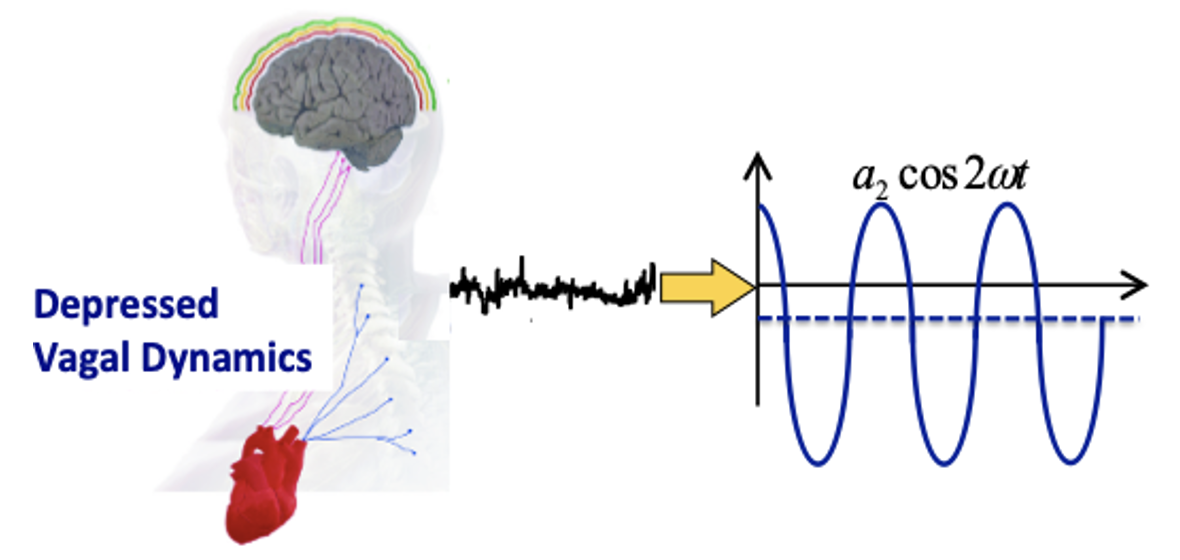“Depression is the leading cause of disability around the world” reports the World Health Organization, an affirmation that attributes immediate gravitas to a condition that affects at least 322 million people, of which 40 million reside in Europe. Even more alarming is the data revealing that 10 million people suffering from depression have seriously considered killing themselves, and that 3 million have made an actual suicide plan. Those who actually seek help are diagnosed through the administration of questionnaires and subjective interviews. Exemplarily, diagnosis of major depression results from a positive response to 5 out of 9 listed symptoms, many of which are total opposites of each other (DSM-5 2013). To date no specific physiological or biochemical markers are considered in current clinical practice, and no physiological measurement objectively distinguishes among the different subtypes of depression. In fact, recent systematic reviews and meta-analyses demonstrate the inconsistency of previous studies targeting brain correlates of depression using only EEG/fMRI data (e.g. Van Der Vinne 2017, Müller 2017). Current clinical methods are extremely limiting in making a correct diagnosis considering their subjectivity and disorder heterogeneity - disconcerting if we consider the important psychophysiological and health-related repercussions that depression has on millions of people should they be misdiagnosed or not diagnosed at all. Economically-speaking, the cost of lost productivity due to depression in the EU has been estimated at over €70 billion per year (WHO 2018).
Computational Psychiatry research refers to the development and exploitation of quantitative tools to assess implicit brain-body processes linked to psychological dimensions. These tools are derived from the analysis of psychophysiological and behavioral signals in normal and pathological subjects who are exposed to several, maybe complex, stimuli and social conditions, possibly using virtual reality interfaces.

Prospectively, our new measures of sympathetic and parasympathetic activity, as well as sympathovagal interplay, along with related brain and CAN metrics, will allow a novel dynamical framework for mood disorders and will provide the healthcare of the future with revolutionary diagnostic criteria in which aetiology and pathophysiology are essential for diagnostic decision-making. This will bring modern psychiatry closer to other specialities of medicine, also merging knowledge from cardiology and neuroscience.

